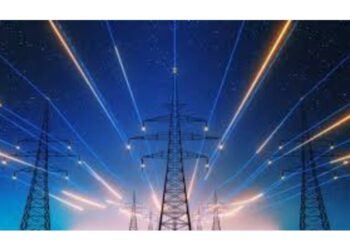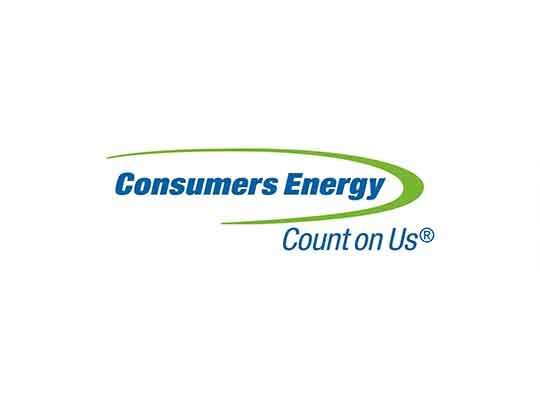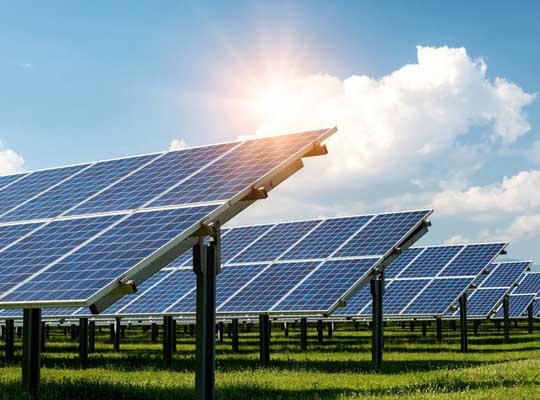According to the new market research report “Hydrogen Generation Market by Application (Petroleum Refinery, Ammonia & Methanol production, Transportation, Power Generation), Generation & Delivery Mode (Captive, Merchant), Source (Blue, Green & Grey Hydrogen), Technology, and Region – Forecast to 2025”, published by MarketsandMarkets, the Hydrogen Generation Market size is projected to reach USD 201 billion by 2025 from an estimated USD 130 billion in 2020, at a CAGR of 9.2% during the forecast period. Increasing fuel cell power generation application is driving the growth of the market. Moreover, increasing adoption of electric vehicles leads to renewable energy deployment at large scale in Asia Pacific region, creates opportunities for Hydrogen Generation Market.
The electrolysis technology segment is expected to grow at the highest CAGR from 2020 to 2025.
The increasing use of fuel cells in power generation and transportation is likely to drive the market for electrolysis. Through electrolysis, the electrolyzer system creates hydrogen gas. The oxygen that is left over is released into the atmosphere or can be captured or stored. This stored hydrogen can be supplied for other industrial processes or even used for medical gases in some cases. The hydrogen gas can either be stored as a compressed gas or liquefied, and since hydrogen is an energy carrier, it can be used to power any hydrogen fuel cell electric application — including trains, buses, trucks, or data centers. Measures have been taken by governments to boost the demand for water electrolysis. For instance, the US Department of Energy (DOE) has set technical targets and cost contributions for hydrogen production from water electrolysis.
The transportation application segment is expected to grow at the highest CAGR in the hydrogen generation industry during the forecast period.
Rapid rise in demand for Fuel Cell Electric Vehicle (FCEV) in Asia Pacific region is likely to drive the market for hydrogen generation in the coming years. Hydrogen finds its application in various modes of transportation, such as buses, trains, fuel cell electric vehicles (FCEV), and others (including marine, airplane, and drones). FCEVs are powered by hydrogen. They are more efficient than conventional internal combustion engine vehicles and produce no tailpipe emissions; they only emit water vapor and warm air. Fuel cell vehicles use hydrogen to power the electric motor by combining hydrogen and oxygen (from the air) to produce electricity, which runs the motor. This process of converting hydrogen gas into electricity produces only water and heat as byproducts, thus eliminating harmful gaseous emissions. It is expected that fuel cell cars and trucks can reduce emissions by over 30% compared with their gasoline-powered counterparts. Refueling a fuel cell electric vehicle takes less than 10 minutes. Therefore, FCEV vehicles are expected to increase the demand for hydrogen.













